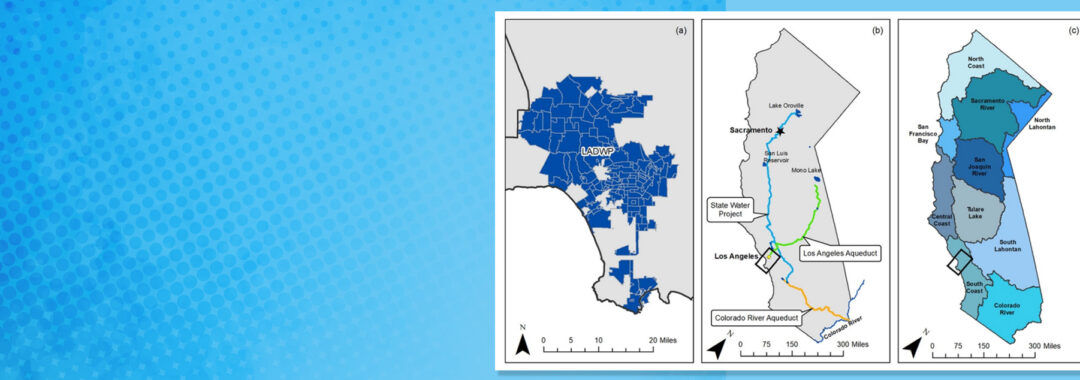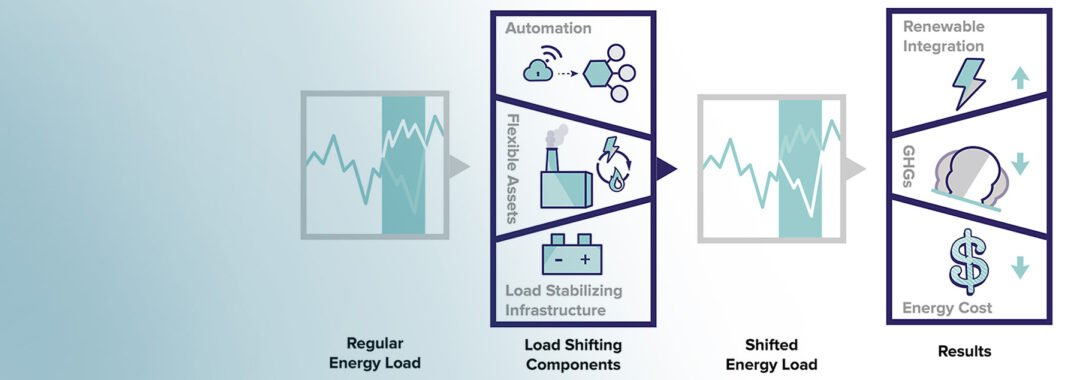It is well-established that water infrastructure systems require energy to treat and deliver water to end-users. This fundamental relationship presents an opportunity to secure energy savings through water conservation. In a previous study, the energy savings linked to a statewide water conservation mandate in California were found comparable in both resource savings as well as cost-effectiveness to the energy savings achieved directly through energy efficiency programs. This study pursues a similar line of inquiry, but at the scale of an individual city as opposed to a statewide assessment. Los Angeles, California, serves as the case study for estimating the energy savings secured through water conservation programs relative to energy efficiency (EE) programs enacted in the study region. We apply three different estimates of energy intensity (EI) for the conversion of water savings to energy savings. These applied EI scenarios are differentiated by scale and system boundary, including: a direct assessment of EI within the water utility service territory, an expanded boundary that includes imported water infrastructure systems, and a broader, top-down estimate for the regional hydrologic zone. Across all scenarios, the estimated energy savings secured through water conservation programs prove to be cost-competitive with the energy efficiency programs enacted by the utility. When using estimates of EI with expanded system boundaries that include the upstream energy embedded in imported water supplies, water conservation becomes a significantly more attractive pathway for saving energy. This outcome underlines the importance of clearly defining the water-energy system boundary of interest, both to determine an accurate EI value, and subsequently, to design and implement cost-effective programs that jointly conserve both water and energy resources.
Read the article in Environmental Research Letters




